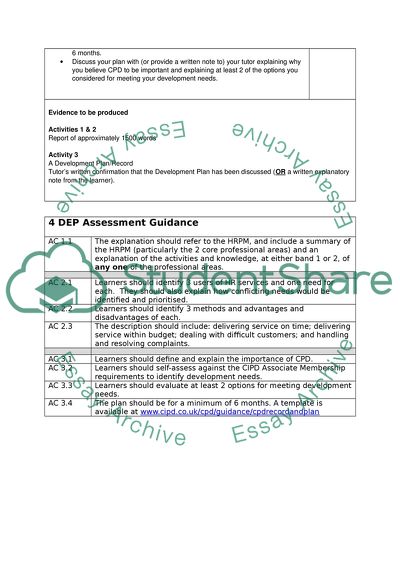Cite this document
(Developing Yourself as an Effective Human Resources or Learning and Essay - 7, n.d.)
Developing Yourself as an Effective Human Resources or Learning and Essay - 7. Retrieved from https://studentshare.org/human-resources/1829665-editing
Developing Yourself as an Effective Human Resources or Learning and Essay - 7. Retrieved from https://studentshare.org/human-resources/1829665-editing
(Developing Yourself As an Effective Human Resources or Learning and Essay - 7)
Developing Yourself As an Effective Human Resources or Learning and Essay - 7. https://studentshare.org/human-resources/1829665-editing.
Developing Yourself As an Effective Human Resources or Learning and Essay - 7. https://studentshare.org/human-resources/1829665-editing.
“Developing Yourself As an Effective Human Resources or Learning and Essay - 7”, n.d. https://studentshare.org/human-resources/1829665-editing.


